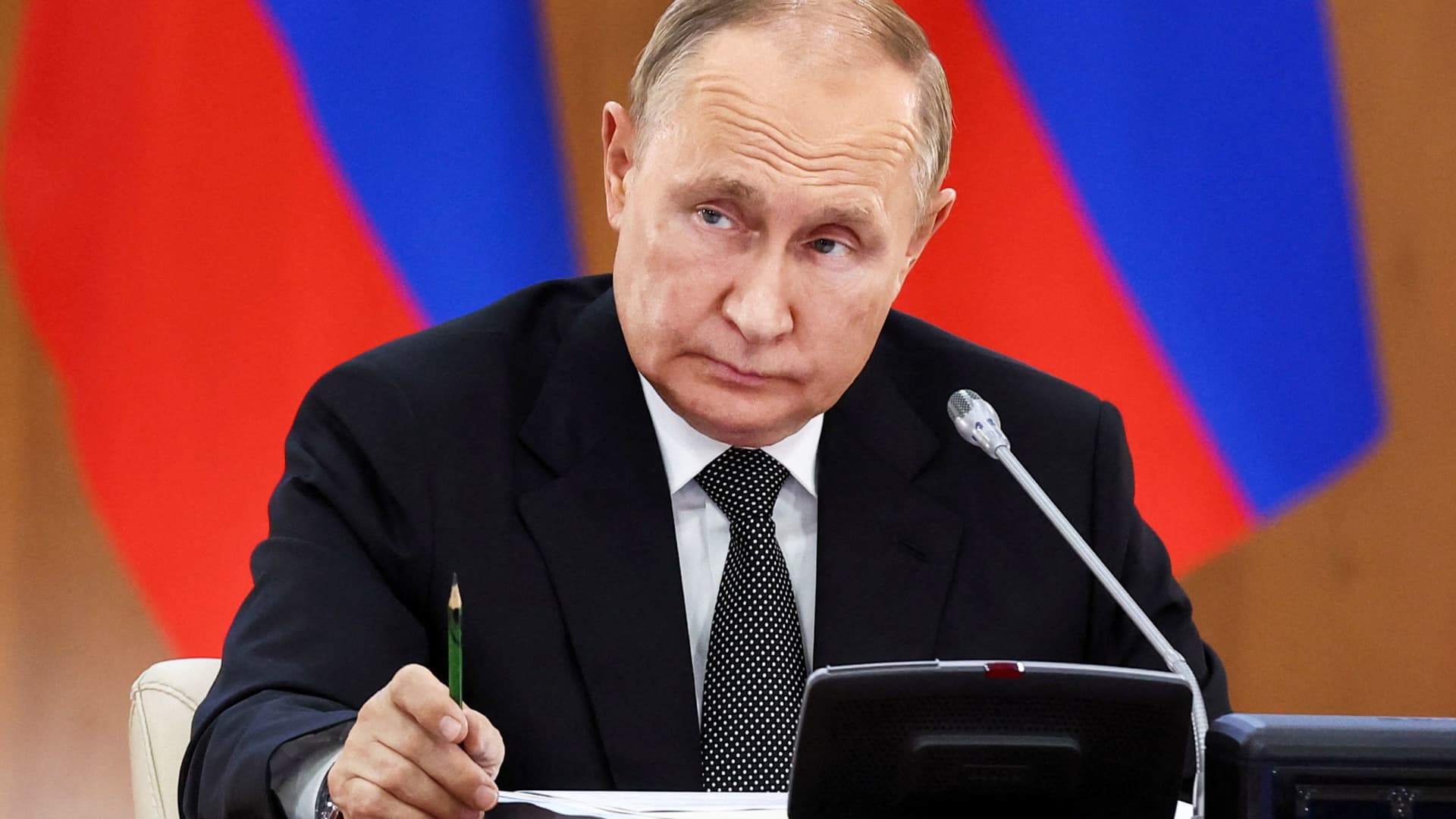What Does The Growing U.S. EV Supply Chain Look Like? We Mapped It.

By James Morton Turner and Arzy Abliadzhyieva
News of the deal between Senators Schumer and Manchin to extend and revise the incentives for electric vehicles has put the spotlight on the domestic supply chain for electric vehicles. Their proposal not only extends EV incentives, it does so in a way that requires manufacturers to source a rapidly increasing share of battery materials and components domestically or from U.S. trade allies.
This emphasis on sourcing aligns with a key recommendation from my forthcoming book, Charged: A History of Batteries and Lessons for a Clean Energy Future. It is imperative that the United States adopt policies that will improve both the sustainability and security of the materials supply needed to enable a clean energy transition. The policies the Biden administration has advanced through executive action and Congress is currently considering through this climate deal will help meet this goal.
But as details of the sourcing requirements come out, concerns are already being raised about whether the requirements could short-circuit the value of the revised electric vehicle incentives. Once enacted, 40% of the value of the critical materials and 50% of components in the battery must meet the sourcing requirements to claim the full $7500 tax incentive — and those percentages go up each year starting in 2024. It is an open question as to just how many manufacturers are able to meet these requirements in the near term.
Yet, every week news of a new battery gigafactory, electric vehicle manufacturing plant, recycling facility, or proposed mine flashes across cleantech headlines. This activity has been bolstered by the Biden administration’s efforts to jumpstart domestic manufacturing through the Defense Production Act and the Advanced Vehicle Manufacturing Loan Program. Just this past week, the administration announced $2.5 billion in loan support for GM’s joint venture with LG to manufacture batteries in Ohio, Tennessee, and Michigan.
Does this flurry of activity add up to a domestic electric vehicle supply chain? To what extent are these new projects just plans? How many projects are under construction? Which facilities are in production? Where are they located? How many jobs could be created? To help answer these questions, we built an interactive map-based dashboard to track the status of the USA’s electric vehicle supply chain.
Courtesy Of Jay Turner
” data-medium-file=”https://cleantechnica.com/files/2022/07/Screen-Shot-2022-07-29-at-2.56.20-PM-400×300.jpg” data-large-file=”https://cleantechnica.com/files/2022/07/Screen-Shot-2022-07-29-at-2.56.20-PM.jpg” loading=”lazy” class=”wp-image-273004 size-full” src=”https://cleantechnica.com/files/2022/07/Screen-Shot-2022-07-29-at-2.56.20-PM.jpg” alt width=”757″ height=”567″ srcset=”https://cleantechnica.com/files/2022/07/Screen-Shot-2022-07-29-at-2.56.20-PM.jpg 757w, https://cleantechnica.com/files/2022/07/Screen-Shot-2022-07-29-at-2.56.20-PM-400×300.jpg 400w” sizes=”(max-width: 757px) 100vw, 757px”>
For an interactive version of this map, see: charged-the-book.com. Courtesy of Jay Turner.
The dashboard is based on research we conducted this summer at Wellesley College, drawing on information compiled from government reports, corporate press releases, industry media coverage, and regulatory filings. It is a work in progress. We plan to continue updating the dashboard both to track the growth of the electric vehicle supply chain, to include chief U.S. trading partners (beginning with Canada and Mexico), and to address any omissions or inaccuracies in the information reported.
Right now, we are tracking 77 sites in the domestic EV supply chain, which includes extractive operations, materials refining, battery component and cell manufacturing, electric vehicle assembly, and recycling operations. Of the sites, 17 are in operation, 10 are operating but under construction, 17 are under construction, and more are being planned or piloted.
The chief lesson that emerges from the dashboard will not come as a surprise: Few sites in the United States are mining or refining the critical materials needed for batteries (we are tracking lithium, cobalt, nickel, and graphite). Although a dozen more sites are in the planning stages, given the challenges in permitting mining and refining operations and bringing them into production, manufacturers face significant challenges in meeting the requirements for sourcing materials domestically to meet the requirements of the proposed EV incentives.
What is evident is the significant investments that are being made further upstream, in manufacturing battery components and cells. Eight sites are in production and 10 more are in construction with the potential to produce at least 700 GWh of batteries per year (based on those that have announced capacity targets) and employ 32,550 employees in total at full capacity.
The good news is that the proposed EV incentives include materials sourced from U.S. fair trade allies. Of the countries on that list, South Korea, Australia, Chile, Mexico, and Canada will play a key role helping manufacturers meet the new sourcing requirements. But, if enacted, the EV sourcing provisions will reshape the geography of the electric vehicle supply chain. We’ll keep updating our dashboard to see how it plays out in the United States.
Transitioning to a clean energy future is going to require dramatically scaling up the production of clean-energy minerals. This is the topic of my editorial in @ScienceMagazine’s special issue on climate change. 1/4 https://t.co/ajffL8KzWC
— Jay Turner (@_jay_turner) June 24, 2022
James Morton Turner is a professor of environmental studies at Wellesley College and author of the forthcoming book Charged: A History of Batteries and Lessons for a Clean Energy Future (August 2022). You can see the interactive EV supply chain dashboard and learn more about Charged at https://charged-the-book.com. Turner tweets at @_jay_turner. Arzy Abliadzhyieva is an undergraduate student at Wellesley College.
Appreciate CleanTechnica’s originality and cleantech news coverage? Consider becoming a CleanTechnica Member, Supporter, Technician, or Ambassador — or a patron on Patreon.
Advertisement
 This post has been syndicated from a third-party source. View the original article here.
This post has been syndicated from a third-party source. View the original article here.




